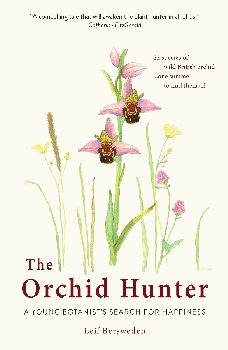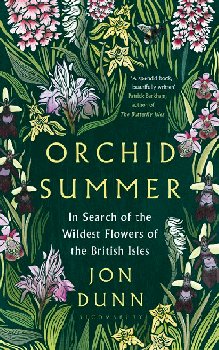|
|
|||||||||||||||||||||||||||||||||||
|
|
|||||||||||||||||||||||||||||||||||
 |
|
Late in 2017 I started a list of places to visit and orchids to find for 2018 and 2019. This was added to with new ideas and opportunities in early 2017. I didn't manage to keep to all the places on the list, but there is always 2019. After breaking bones in the May of 2016 and 2017*, restricting me in the first halves of both seasons, I resolved to be more careful this year. So no surprise that I did something painful to my back in March, extricating the car from a muddy field. Luckily, there was some improvement for the Crete trip in mid-April, but constant bending to examine and photograph orchids meant frequent rests. I had hoped to come up with a new design for this site over the winter, but that never happened. A few missing links and such would have been repaired at the same time, but never mind. Another issue is the (almost constant) reappraisal of species and so on. In particular many Orchis species have been moved across to Neotinea or Anacamptis; especially continental species. So do I revise all existing entries, or leave them as they are as valid names at the time of observing them? I really must try to provide more consistency in the labeling of sightings. There had been some notable highlights during the year. Firstly, there was the two Fly Orchid hybrids seen near Yeovil. While these are super-rare sightings, I think another type of highlight trumps those. This is the number of sites with thousands of orchids - Sword-leaved Helleborines, Southern Marsh Orchids, Pyramidal Orchids, Autumn Lady's-tresses and Bee Orchids. You cannot take a photo of one plant without several more in the background. Then there are three different potential Epipactis hybrids during July. Naturally these will be disputed, but I have my reasons for declaring them. And no way could I not mention a 13-spike Violet Helleborine! We managed 74 different site visits, and 28 were new to us - 38%. With some 150 different sites visited since 2006, about half of them featured this year. These figures exclude a few no-show sites, but do include those where orchids had finished or were toast as a result of an abnormally hot and dry July. For the first time I have added no new British species to my tally, but made up for this with some hybrids and varieties. While I can get pretty single minded during the orchid season, there are others who are even more dedicated (or obsessive - take your pick) than me. But it comes to something, when after 10 or more years (interrupted by illness and injuries) I am still needing a few species to be checked off on my list. Yet there are two who have not only had a mission to see them all in just a single year, AND had books published about their year within a couple of months of each other. I recommend both these books unreservedly. * It was the navicular bone in my foot in 2017 at Parkgate Down, and my humurus in 2018. In both cases I only found out after the event. My foot was healing before I sought medical attention 5 weeks after the event. It was only 1 week later that I turned up at A&E with my arm after slipping and falling again after a stag night. I was in theatre within a couple of days to have it pinned back in place. Surprisingly I was able to drive with the foot injury, even attending the Le Mans 24 Hours race - over 1,000 miles behind the wheel and covering many miles on crutches. The arm injury restricted me to public transport for a while and made holding the camera steady a feat in itself! Orchideering may seem a peaceful pastime, but is fraught with hidden dangers. Take care out there!
|
|
|
|
|




